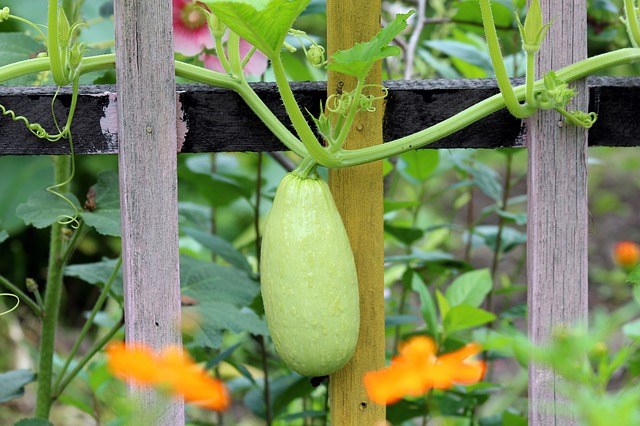Having a home vegetable garden seems to be growing in popularity as much as farmer’s markets are. Whether you have lots of land or just a postcard-sized plot, you can grow your own fresh veggies. Even if you have no garden space at all, why not think about gardening in planters?
If you are new to the process, it is best to think about choosing the easiest vegetables to grow. To help you get started, I have created this list, designed for the novice gardener and chosen for ease of planting, resistance to disease, and high yield.
Divide the list into two categories: cold weather vegetable plants and warm weather vegetable plants. In each category, some are best planted from seed directly into the soil while others do much better as plant seedlings.
These cold weather vegetables can be sown from seed about six weeks before the average last frost:
- Radishes
- Lettuce: pelletized seeds make planting individual heads a breeze, or sow mesclun mix where the seed is just scattered in a wide swath over the soil
- Sugar Snap Peas
- Swiss Chard (Bright Lights)
- Beets (Red Chioggia)
Warm weather vegetables are those that are frost-sensitive and planting time will vary depending on what zone you live in. Check the USDA plant hardiness zones to determine this. To start indoors, be sure to have sufficient light. Long and leggy plants are the result of not enough light. Use good florescent lights.
Tubes should be placed one to two inches above the seedlings. Seedlings need at least 14 to 16 hours of light and eight hours of darkness each day. Before planting them in the garden they need to harden off first for about a week by placing them outside during the day in a partially shaded area and away from harsh wind. Bring them in at night or cover them.
Warm weather vegetables include:
- Zucchini (Romanesco)
- Onion Sets
- Bush Beans (Roma Flat Bean)
- Cucumbers
- Tomatoes: popular tomato varieties include: Cherry (Sweet One-Hundreds and Sun Gold); (Larger size (Celebrity and Bush Early Girl); Plum (Roma VF and Pony Express)
For tomatoes, it is best to buy plants at your local garden center a week or two before the predicted last frost for your area. Keep a log of how your vegetables do; a vegetable garden is a trial and error endeavor.

